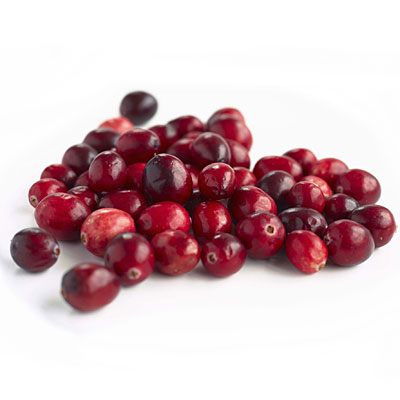
Native Americans first harvested wild cranberries and cooked them, sweetening them with honey and maple syrup. The First Americans also used them as a red dye and medicinally as a poultice for wounds. No doubt cranberries were present on the table for that first Thanksgiving meal shared with their European guests. By the 18th Century cranberries were being shipped to Europe. And when a ship loaded with crates of the exports was destined for Holland wrecked and sank in the waters off the Dutch coast some of the cranberries floated to shore along the island of Terschelling, took root and continue to produce fruit to this day.
So now is the time to enjoy this seasonal berry in homemade relishes, sauces, as a welcome ingredient in granola and as a tart replacement for vinegar in salad dressing.
And here's a factoid for you...Wisconsin grows more cranberries than any other state with 60% of the annual national harvest.
And here's a factoid for you...Wisconsin grows more cranberries than any other state with 60% of the annual national harvest.
No comments:
Post a Comment